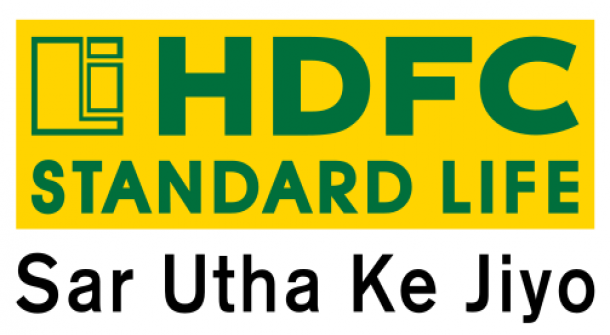An interview with Rakesh Jain, Chief Executive, Reliance General Insurance
 Over the next two years, the ideal business mix we are looking at is 50-55 per cent for the motor business, 25 per cent for health and 25 per cent for property. Currently, health and property account for 35 per cent of the business- Rakesh Jain
Over the next two years, the ideal business mix we are looking at is 50-55 per cent for the motor business, 25 per cent for health and 25 per cent for property. Currently, health and property account for 35 per cent of the business- Rakesh Jain
In 2011-12, Reliance General Insurance grew only three per cent, while the industry recorded an average growth of about 20 per cent. Why?
A large part of the industry’s growth came from the motor and group health portfolios, which have high negative underwriting results. The motor portfolio accounts for 65 per cent of our book and, therefore, pursuing this further would have added to volatility. We have decided to restructure our business mix and make it more balanced. As a result, currently, the share of our motor portfolio has declined from 65 per cent to about 60 per cent. We have become selective and prudent in the motor business, as we simply don’t want to chase just top line growth. We want to consolidate and focus on profitability and quality of the business.
What is the ideal mix you are looking at?
Over the next two years, the ideal business mix we are looking at is 50-55 per cent for the motor business, 25 per cent for health and 25 per cent for property. Currently, health and property account for 35 per cent of the business.
What was the impact of the third-party motor pool last year? Would there be any spillover into the current financial year?
In 2011-12, nearly the entire profitability of the industry was wiped out, owing to third-party motor pool losses of Rs 7,100 crore. We recorded a loss of Rs 300 crore, in which provisioning for third-party motor pool losses stood at Rs 240 crore. This year, provisioning towards the third-party motor pool is likely to be Rs 65 crore.
What is the growth you are eyeing this financial year? What would be the capital requirement?
We would like to grow at about the industry average, but profitably. We may require about Rs 100 crore of capital in 2012-13. Last year, the total capital infusion was about Rs 450 crore.
When do you expect to break even?
Last year, the total combined ratio stood at 145 per cent, largely due to the huge losses in the motor business. However, this year, it should be close to 100 per cent. Therefore, we are looking to break even in the next 18 months.
Reliance Capital plans to divest some stake in the general insurance business. What is the progress on that?
Our promoter has already clarified we are open to divesting a part of our stake. We cannot share anything at this moment, except that we are in talks with certain parties. Whenever anything materialises, we would be happy to share the details.
What steps are you taking to ensure more business in the health and property portfolios?
Health and property are the new focus areas. On the health side, we are looking at bringing out innovative products and service propositions in three customer segments — mass, group and retail. On the mass side, we are focusing on government schemes like Rashtriya Swasthya Bima Yojna. On the retail side, we are looking at the outsourced product development segment, as it accounts for 70-80 per cent of the health needs of the people. On the group side, we are moving towards preventive healthcare and wellness solutions. In a recent initiative, the company had made healthcare and good health a part of employees’ performance appraisals.
On our property portfolio, we are going beyond conventional inspection to undertaking specialised risk assessments like thermography, Hazan (hazard analysis) studies, Hazop (hazard and operability) studies, public liability exposures, etc, as a key strategy for providing value to customers. We have carried out about 1,000 risk studies in the last six months, with encouraging results.
What initiatives have been taken on the technology front?
The idea is to move away from any kind of paper-based environment in the retail business. We have invested more than Rs 60 crore to create an enabling architecture. Today, 80 per cent of our retail policies are issued online. On the agency side, we are making sure our own channels are well equipped to handle the online platform from anywhere.
Are you looking at in-house third-party administrators (TPAs)?
Yes, we are in the process of building our own in-house TPAs to service our clients in the retail business. Currently, we have in-house processing for three states and by the year-end, all the claims from the retail health business would be managed by the in-house team.


Leave a Reply